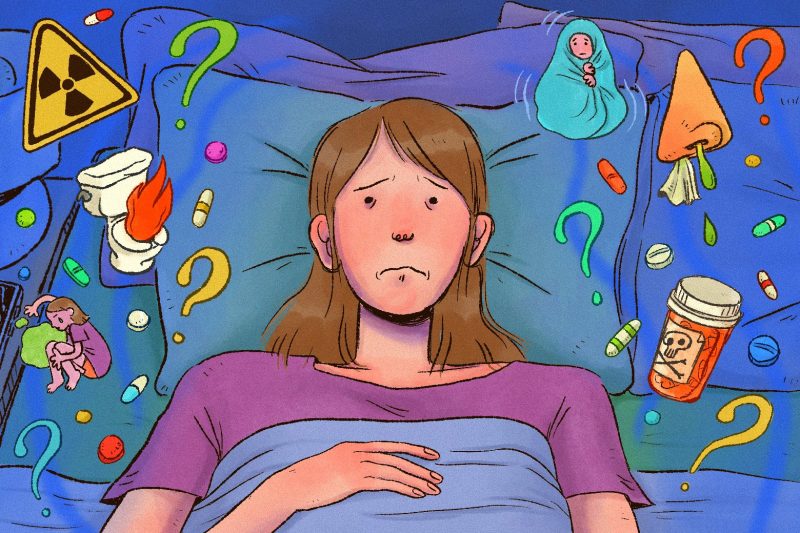
We all trust our doctors to make the best decisions for our health. But how much do we really understand the risks involved in any given treatment? Are we getting the complete picture when it comes to potential side effects, alternative options, and the overall likelihood of success? This is a critical conversation that deserves more attention.
The reality is that medical decisions are rarely simple. There’s often a complex interplay of benefits and drawbacks, and what’s right for one person might not be right for another. Open and honest communication between doctor and patient is essential, but unfortunately, it doesn’t always happen. Patients may feel pressured to accept a treatment without fully grasping the potential downsides, or they may be hesitant to ask questions for fear of appearing uninformed or difficult.
This lack of transparency can have serious consequences. Patients need to feel empowered to make informed choices about their healthcare. This requires doctors to take the time to explain risks clearly and concisely, using language that’s easy to understand, and to answer all questions thoroughly and patiently. It also requires patients to be active participants in their own care, to ask probing questions, and to seek second opinions if necessary.
Consider the potential impact of a procedure. Beyond the immediate effects, what are the long-term implications? Are there alternative treatments available? What are the success rates for each option, and what are the potential complications? These are all crucial questions that should be addressed before making any major healthcare decision.
Ultimately, the goal is shared decision-making. A collaborative approach where both doctor and patient work together to develop a treatment plan that aligns with the patient’s values, preferences, and understanding of the risks involved. Only then can we ensure that patients are truly empowered to make the best choices for their health and well-being. Let’s advocate for more open and honest conversations in the doctor’s office, conversations that prioritize patient understanding and informed consent.









